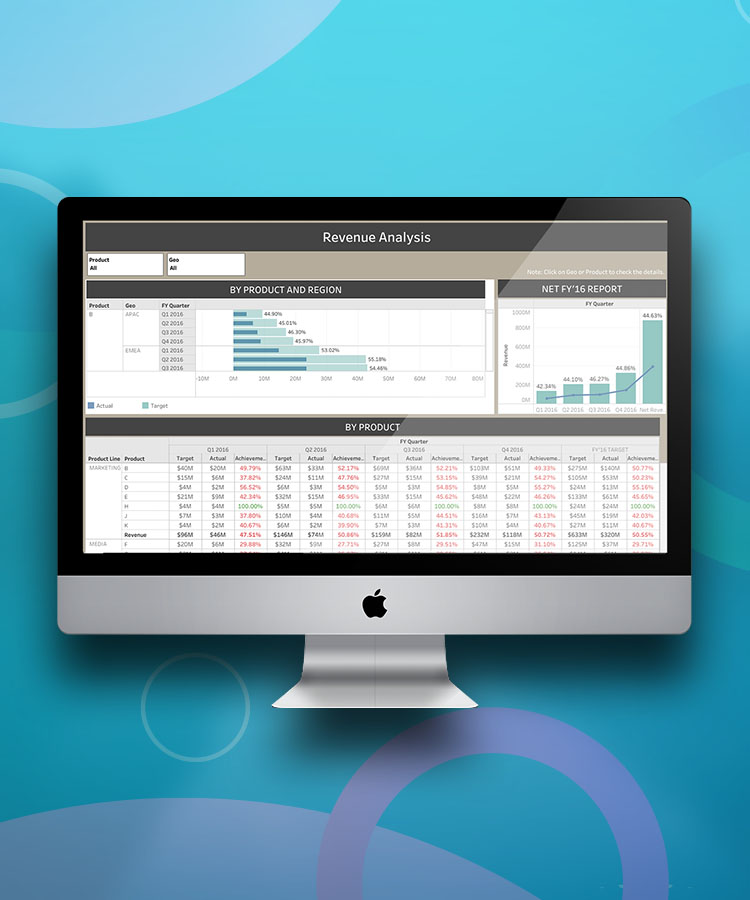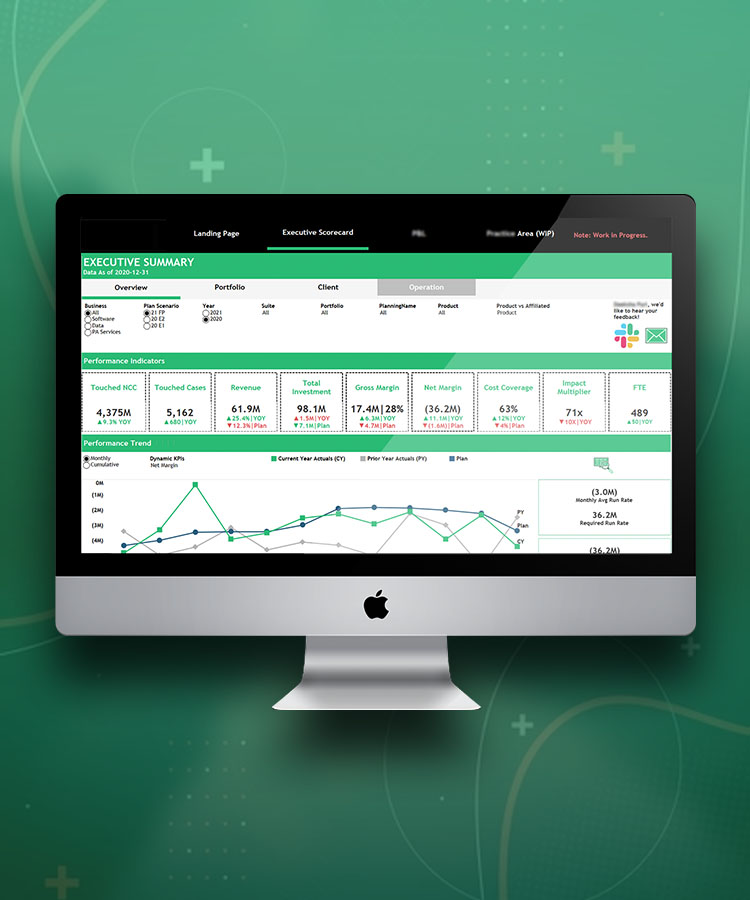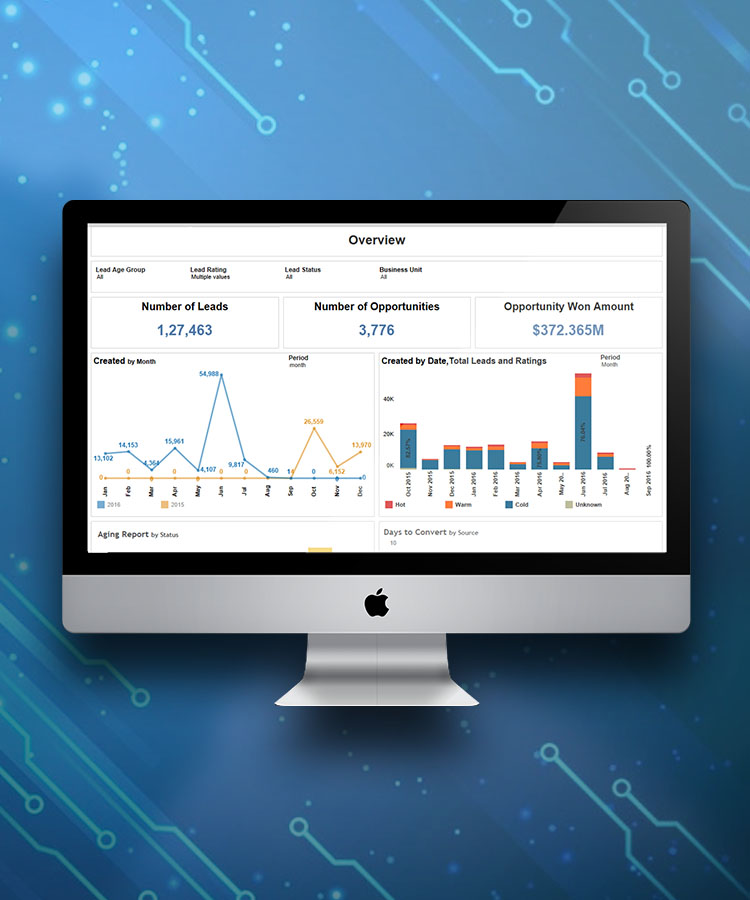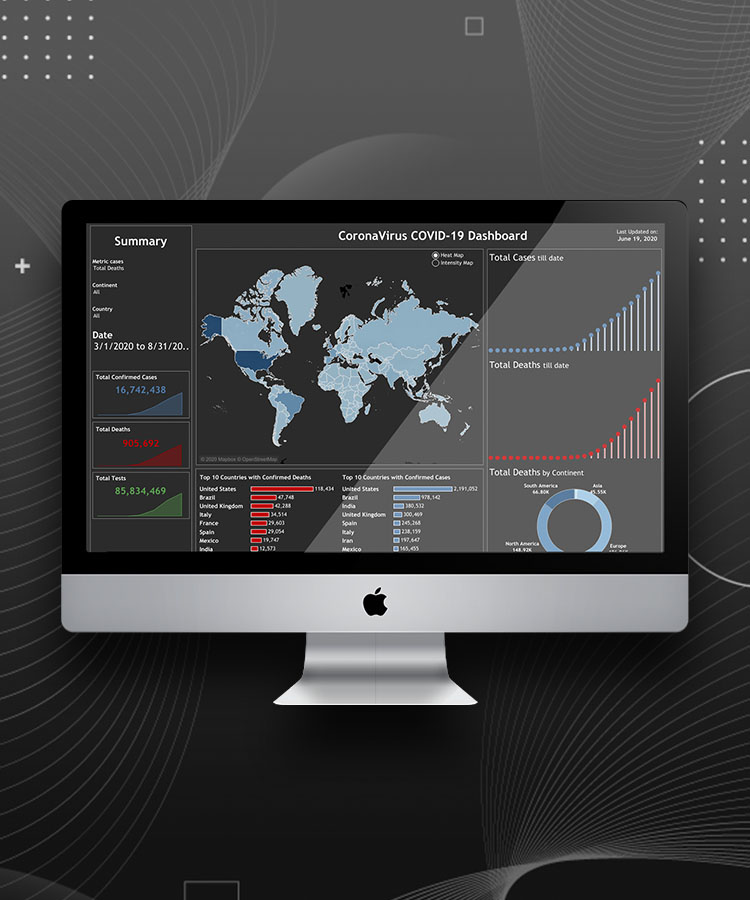Leveraging Alteryx, we created an app, it did not require any technical knowledge and had a good UI Experience. The users had to input the entire dataset on running the tool and the app generated Excel files as a result as well as refreshed the Tableau Ingestible Files.
Tableau Dashboard helps to enable a quick and automated risk assessment for major fraudulent categories that the auditors wanted to review the expense claims for. Both the Excel files and Tableau Dashboards analysed risk patterns to track deceitful behaviour and focused on high spend and risk by expense category/ case codes and also highlighted the employees who have filed for exorbitant reimbursements.


